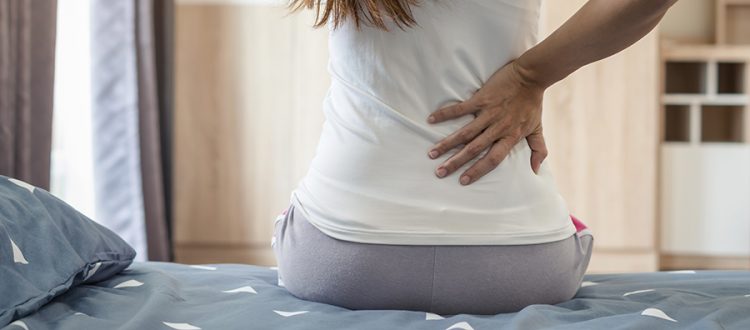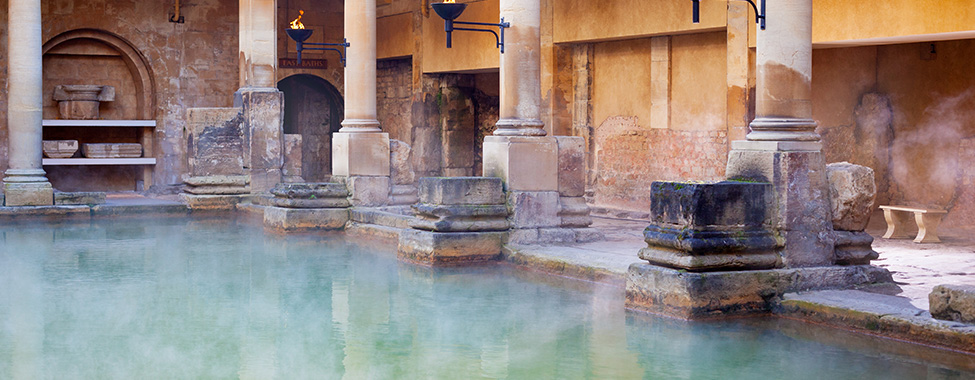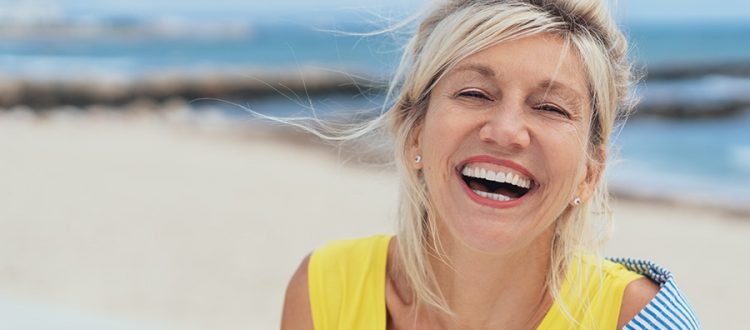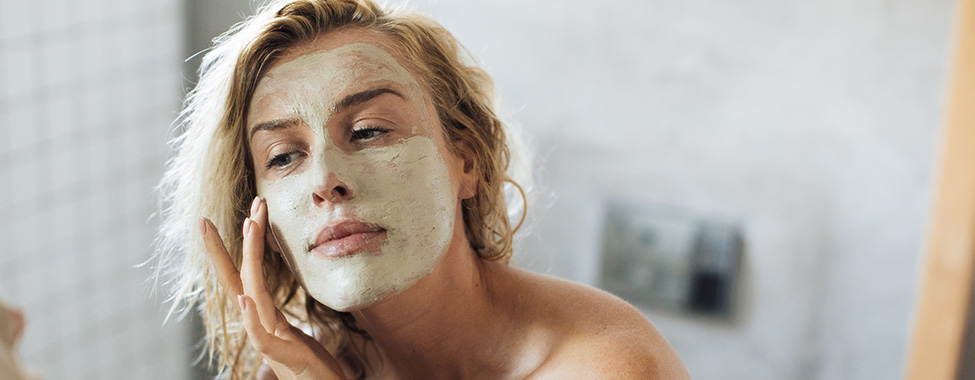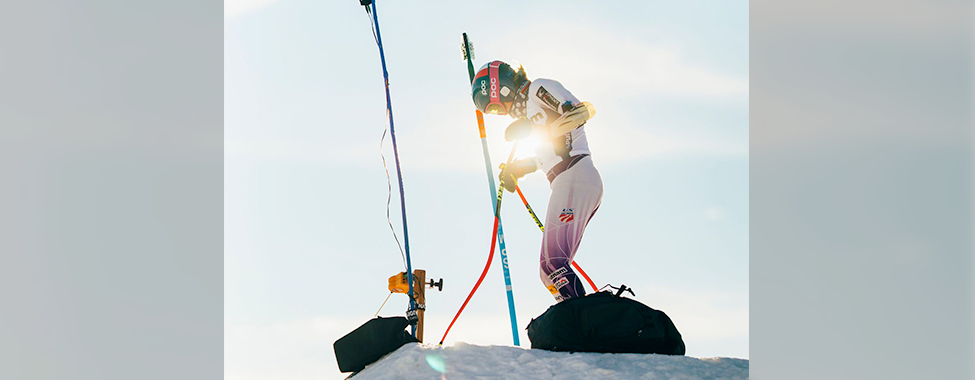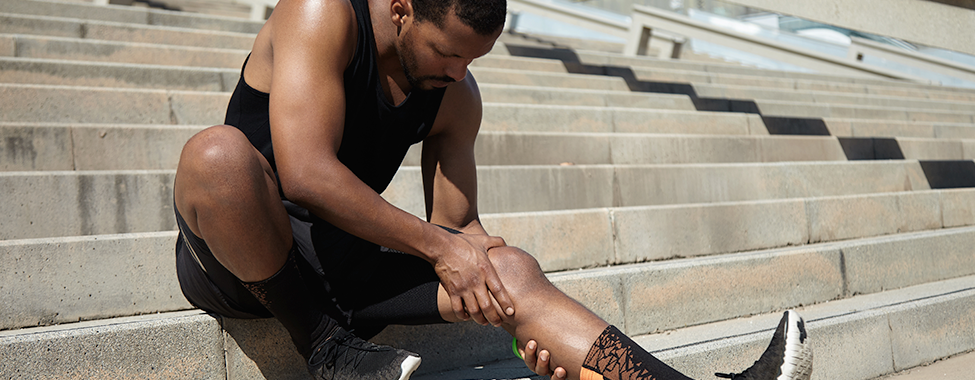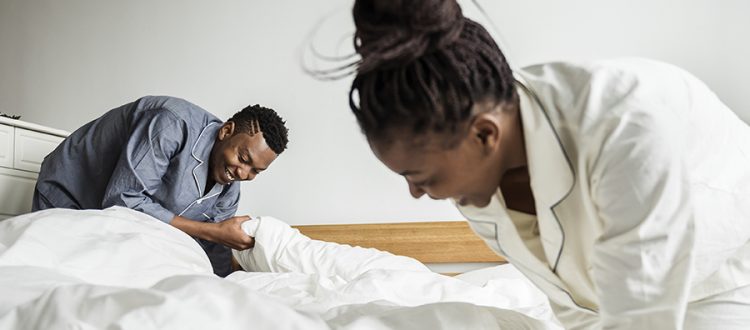Back pain is one of the most common ailments. Whether it’s genetic or environmental, almost everyone has suffered from a stiff back or tweaked muscle. Using a sauna may be your answer to treating and reducing back pain while reducing future risk. Read on for more information on what may be causing back pain, tips on reducing pain, and how an infrared sauna can help.
What Causes Back Pain?
Back pain comes in many varieties, but the most pervasive one is probably low back pain. The Low Back Pain Fact Sheet from the National Institute of Neurological Disorders states “About 80 percent of adults experience low back pain at some point in their lifetimes. It is the most common cause of job-related disability and a leading contributor to missed work days. In a large survey, more than a quarter of adults reported experiencing low back pain during the past 3 months.”

Unfortunately, back pain often hangs around longer than it should and can be described as a vicious cycle. When the body perceives pain, it responds with “guarding reactions,” including muscle tension, restricted movement, anxiety, and even fear of movement. The tension, restrictions, and fear lead to muscle spasm, adrenaline, and nerve sensitivity, all of which promote intensification of the pain, which increases the guarding reactions. Lather, rinse, repeat. Pretty soon, you’re calling in sick.
How to Reduce Back Pain
Sleep: Poor sleeping form and not enough sleep can exaggerate back pain. Be sure to get plenty of rest to let your body heal and set up your bed to have proper back support when sleeping.
Posture: Chances are, you naturally don’t sit or stand with perfect posture all day. Stay aware of how you are holding your body, as constant slouching can make back pain worse.
Physical Therapy: If your back pain is interfering with your everyday life, it might be time to seek professional help from a physical therapist to teach you stretches and exercises to help with better posture and core strength.
Medications: Nonsteroidal anti-inflammatory drugs (NSAIDs) and acetaminophen help reduce the inflammation that aggravates back pain. Always speak to your doctor before introducing new medications.
Massage: A recent study found that one weekly massage over a 10-week period improved pain and functioning for people with chronic back pain. Massage helps increase blood flow and relax sore muscles.
Hot & Cold Therapies: Regular applications of ice to the painful areas on your back may help reduce pain and inflammation while heat helps relax your muscles and increase blood flow to the affected area.
Activity: While it might sound counterintuitive, getting active helps your back pain heal faster. Don’t do any rigorous activities, but be sure to move a little each day with low-impact activities like walking and yoga.

Using an Infrared Sauna for Back Pain Relief
“For acute back pain,” according to the Mayo Clinic, “over-the-counter pain relievers and the use of heat might be all you need. Bed rest isn’t recommended.” If pain relievers and heat don’t work, you may need to move on to muscle relaxers, topical pain relievers, narcotics, antidepressants, or cortisone injections. If those things sound off-putting, there may be another option for breaking your pain cycle: infrared sauna.
Individuals with acute and chronic back pain can relieve much of the pain associated with these types of conditions with the use of an infrared sauna. The radiant heat from the infrared sauna reaches down several inches below the surface of the skin to soothe the muscles. Infrared heat helps open the blood vessels, feeding nutrients to the muscles and ligaments while the warming action also makes muscles and ligaments more pliable and less stiff.
Infrared saunas have been clinically proven to reduce low back pain. It has also been shown to be very low risk. The heat of the sauna has an effect similar to that of muscle relaxers, which are step two in the pain relief process after over-the-counter medications. The relaxation of the muscles interrupts the back pain cycle. Sauna, then, gives you the benefit of muscle relaxation without drugs. Furthermore, it doesn’t just relax your muscles. It relaxes you.

Sauna for Back Pain Research
A University of Medicine and Dentistry of New Jersey study led by a doctor specializing in sports medicine found that low-level heat therapies were more effective than over-the-counter oral medications1, such as acetaminophen, Tylenol®, and others. After your time in the infrared sauna, do some light stretches to work the muscles and ligaments in the affected areas. Researchers have found that stretching after an infrared sauna session actual increases flexibility for long-term results — something your back muscles and ligaments greatly need.
Several projects by Japanese researchers have clinically proved the effectiveness of Waon therapy in relieving pain. In Waon therapy, the patient spends 15 minutes in an infrared sauna and then spends 30 minutes resting in a room at slightly above room temperature wrapped in a blanket up to the neck. In the study, treatments were given 2-5 times per week, and the researchers found that patients lost about half their pain after the first treatment, and their pain continued to lessen until it stabilized at 10 treatments.
 Canada
Canada Australia
Australia New Zealand
New Zealand Malaysia
Malaysia China
China
